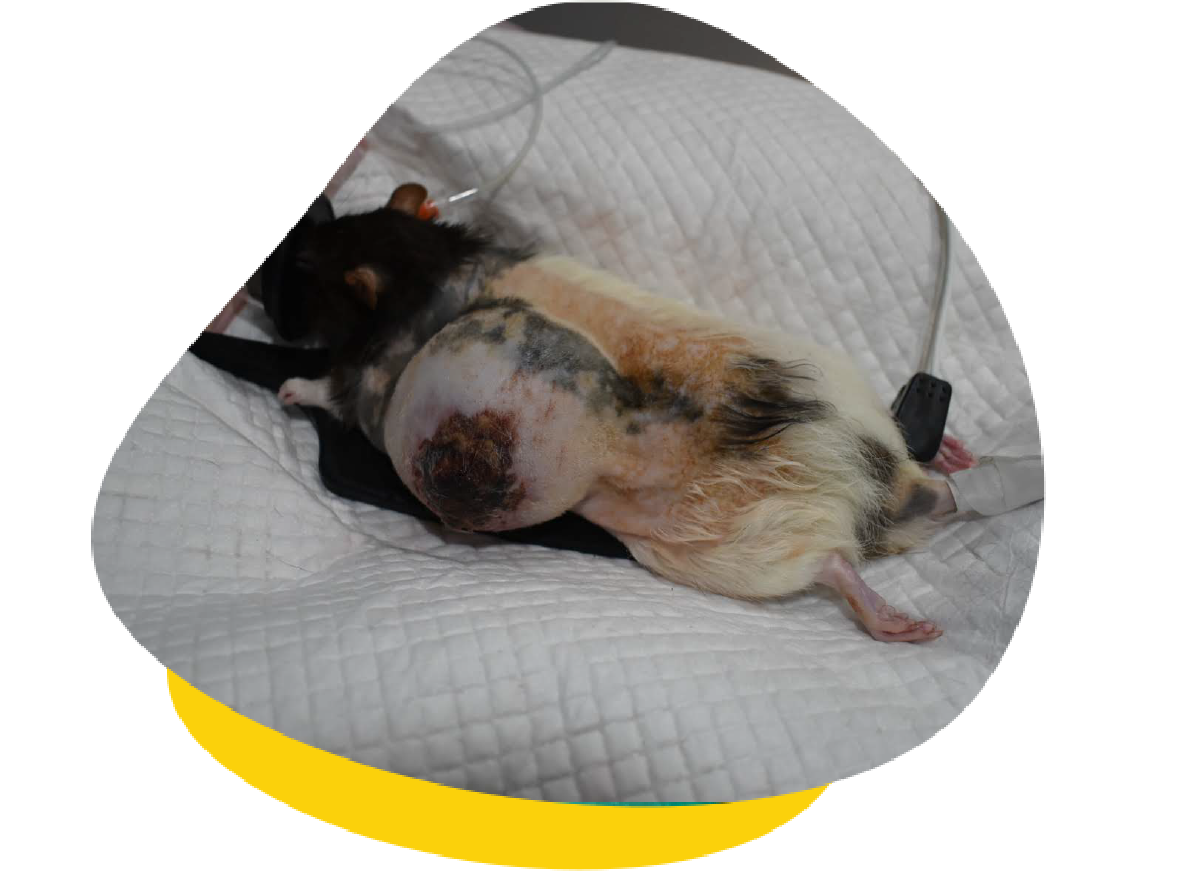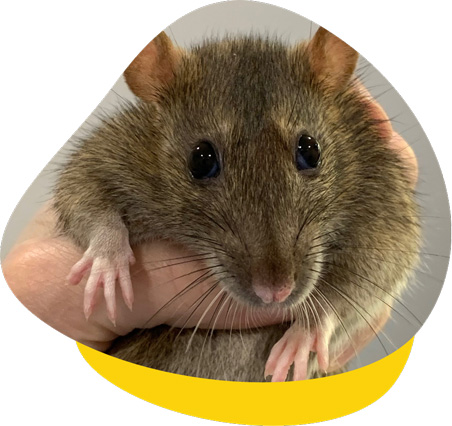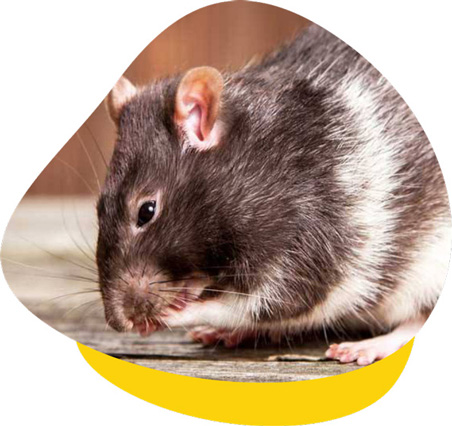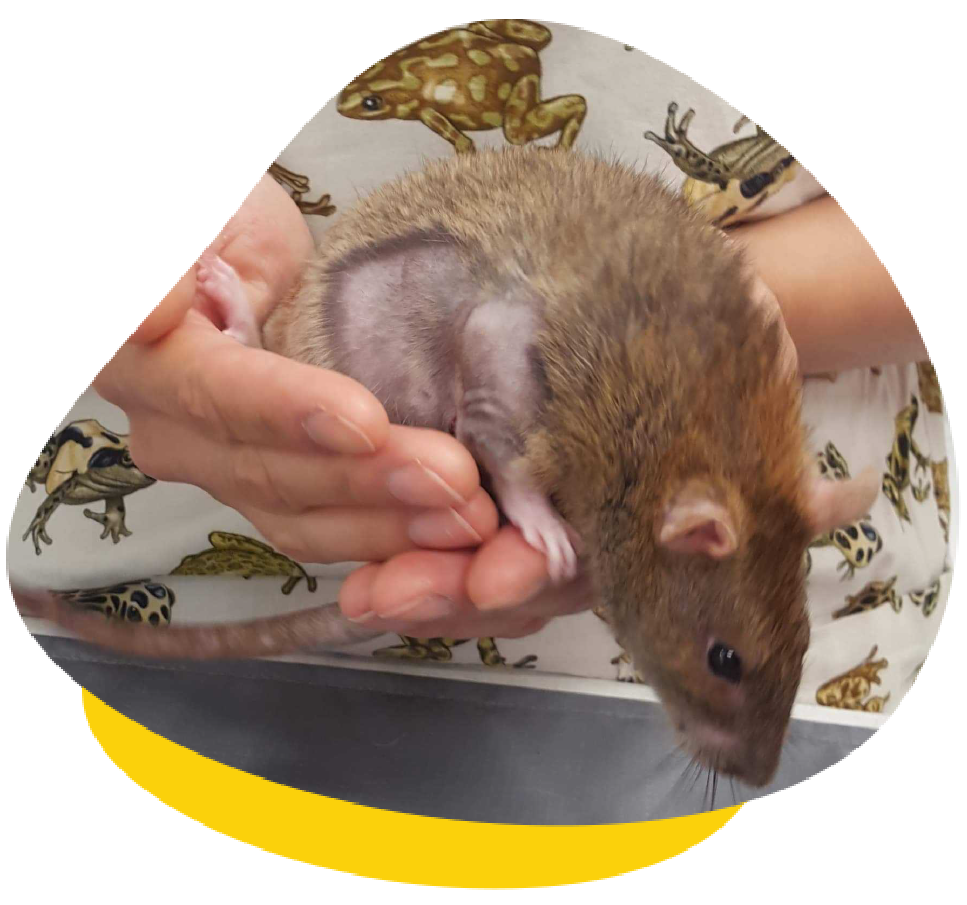Lumps and bumps on or under the skin are relatively common in rats and mice. Sometimes these masses can occur suddenly and grow quite quickly and other times they grow slowly over time.
In any case, it is recommended to book in for a vet check as soon as you notice a lump on your pet mouse or rat.






